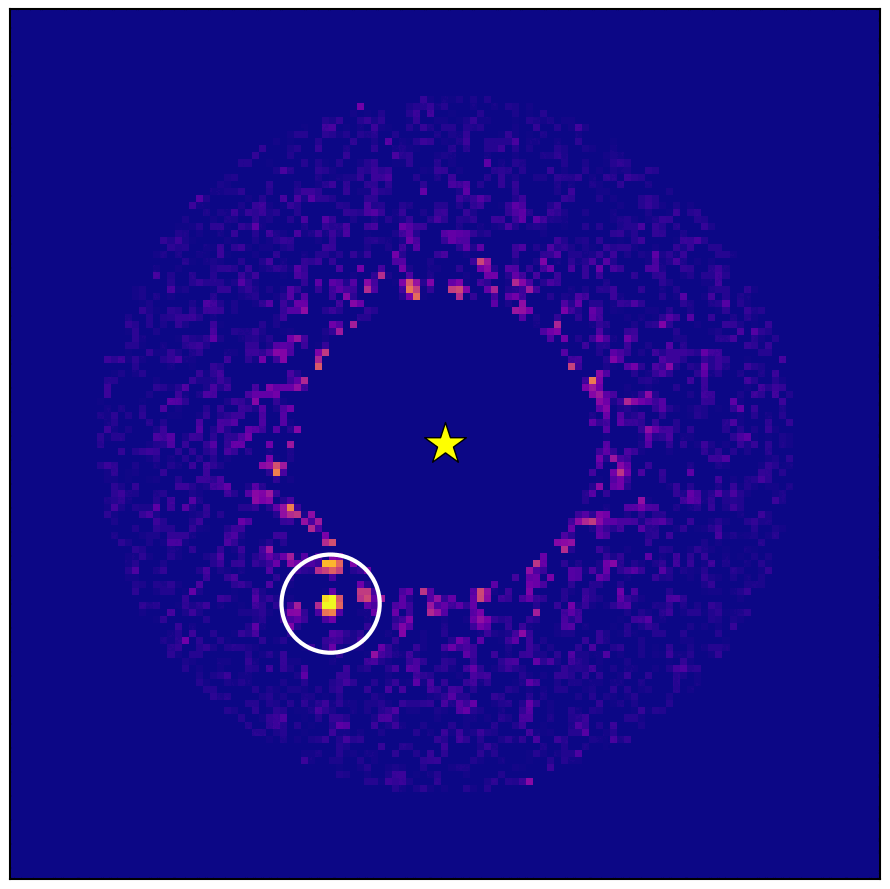
Because nature does not make many of these types of planets, astronomers would like to know exactly where to look. Most direct imaging searches are ‘blind’, meaning that they simply target stars based on their age and distance and hope that a planet will be seen. Out of hundreds of stars surveyed in this way, only a handful have yielded planets.
“We wanted a different strategy,” says Thayne Currie, National Astronomical Observatory of Japan (NAOJ), Hilo, Hawaii and the University of Texas-San Antonio. In his attempt to load the dice in favour of success, he and colleagues turned to the Gaia mission to look for stars that literally wobbled on the sky.
In particular, they used the Hipparcos-Gaia Catalogue of Accelerations. This catalogue combines data from Gaia with that from ESA’s previous star mapping mission, Hipparcos, to provide a 25-year baseline for comparing the precise positions of stars. Measuring the position of a star on the sky is known as astrometry. From this database, the team identified a number of stars that appeared to change position on the night sky in a way that suggested they were each orbited by a giant planet.



